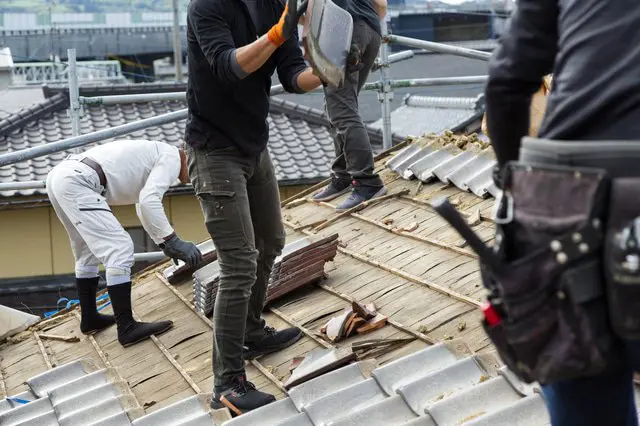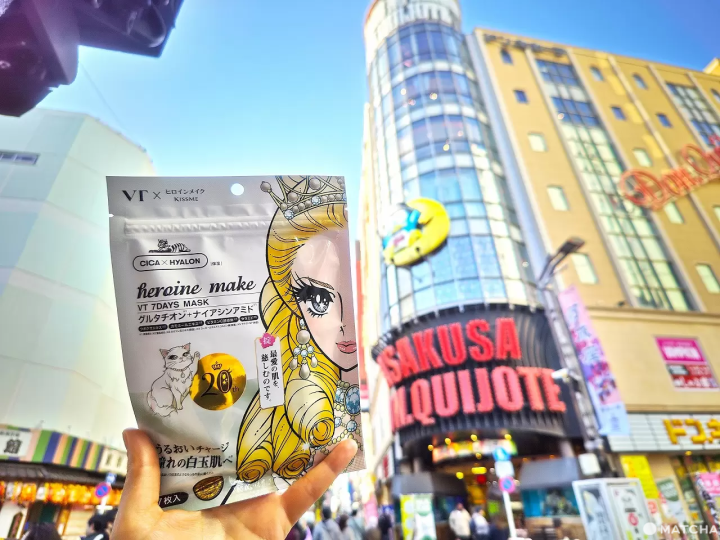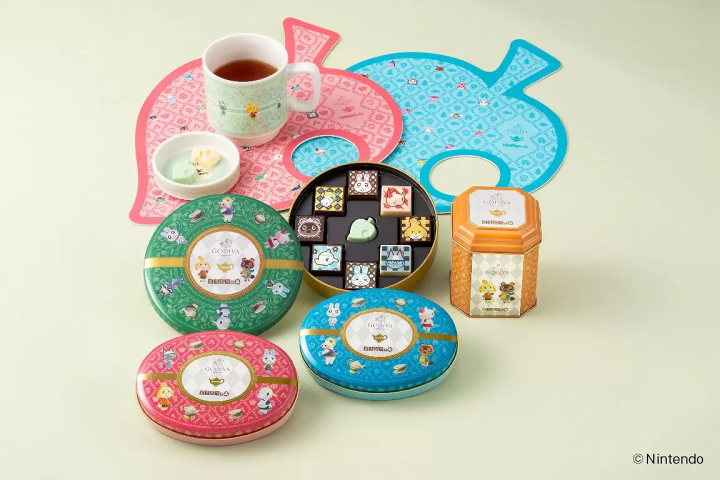Kawara (Clay Roof Tiles) - Japanese Encyclopedia

From temples to traditional Japanese homes, clay roof tiles called "kawara" are the hallmark of Japanese architecture. Explore the history and the beautiful designs that characterize these tiles in this Japanese Encyclopedia article!

When thinking of traditional Japanese buildings, such as temples and shrines, what comes to mind first? Perhaps the striking image of curved roofings, as photographed above, was visualized by many.
In Japanese, these ubiquitous roof tiles are known as kawara and are made from clay. Moreover, the term to describe this architectural style is kawara yane, or literally "tiled roof."
The Characteristics of Kawara Tiles

But what exactly characterizes kawara tiles? While it originally referred to a slab of fired clay, modern-day materials such as cement have taken precedence in recent years.
In fact, this technique of firing clay and producing ceramic tiles originated from China. The distinctive roof structure was later introduced to Japan around the 7th century.
Thanks to its fire-resistant properties and proper ventilation, kawara tiles were considered well-suited to the Japanese climate. It wasn't long before its use became widespread throughout the country.
Fired Clay Tiles Featuring Mythical Creatures
Pictured at the top of this article, you may have noticed a tile imprinted with a fearsome face starring right at you! This demon-faced tile is called onigawara.
This ornamental ridge-end tile was believed to ward off evil spirits, similar to gargoyles adorning medieval churches and Gothic architecture in Europe.
The next time you spot a traditional Japanese building, why not be on the lookout for these subtle yet striking architectural details?
Read also
Photos by Pixta
MATCHAで編集やってます植松です。87世代。





































![[2026 Edition] FORMUAL 1 JAPANESE GRAND PRIX Information](https://resources.matcha-jp.com/resize/720x2000/2025/10/05-245984.webp)


![[2025 Update] Namba's spectacular illuminations! "Namba Hikari Tabi" with approximately 1 million shining lights](https://resources.matcha-jp.com/resize/720x2000/2025/12/12-252825.webp)